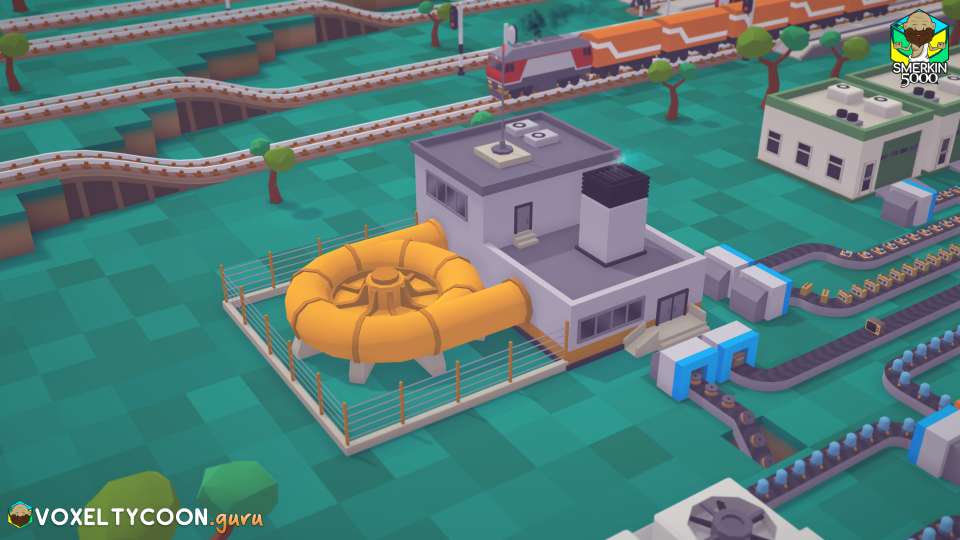

What vector operations do I use? In the renderer, it's these: Go's library doesn't have a native version of this - I could pull in a library which features its own Vector3 equivalent like geo ( ) but it's a bit heavyweight and still missing some of the functions I use like linear interpolation. Getting the ray direction throws up the first question: what should the return type be? In C# we use the framework's Vector3 type.

I'm going to begin with getting the ray direction.

This gives us some good starting points to build up the raycast renderer. The ray starting points are then linearly interpolated across the viewing plane.
Set the initial viewpoint to 100 render steps away from the assumed centre of the object. Scale the unit-length plane vectors by the size of voxel object. (This is actually a pointless calculation - the plane normal is always with Transrender's settings) 
The camera plane is described by this and the render normal.
Calculate both the normal of the render direction, and the direction with no height (z) component. Get the direction rendering rays will take using simple trigonometry, based on the current render angle. Setting up each ray is based on a camera plane, which is where most of the complex maths comes in. If there was a collision, set the pixel of the output image accordingly. Increment the ray until it collides with a voxel or is outside of the voxel grid and facing away from it. For each pixel in the output image, set up a ray with a start position and increment. It's a classic ray caster, and works like this: Transrender's raycast renderer is one of its more readable parts, but you can still see the vestiges of too much "iterate" and not enough "stabilise" in those long methods, module-level variables and the mixing up of the sun vector and rendering vector initialisation. There's a lot of palette handling and shading in there, and to start with I only want to know that my raycaster can successfully cast rays to a voxel object and return something the correct shape - so to start with, I'll be happy if my output looks something like this: The C# version involves a lot of vector mathematics, so implementing it in Go will touch on yet another new area.Īt the end of Part 2, I had the following output: I want to write the raycaster, a critical part of turning voxel objects into pixel sprites. Take commuters round busy metropolis streets, making connections at practice stations for lengthy distance journey, or ship items by truck from a rail terminal on to shoppers for further revenue.We’re dedicated to including extra options and modes of transport throughout Early Entry, reminiscent of ships and plane, and infrastructure to accommodate them.The next step for GoRender is an easy choice. Use vehicles and buses to maneuver passengers and cargo quick distances. #Voxel tycoon intersection full#
Free-form bridging and tunneling, together with a full signaling system, enable you full freedom to construct and broaden your corporation. Couple up consists in any mixture, simply the way in which you want, with no limits – supplied the locomotives can pull it!Plan detailed, refined rail networks with huge modular terminals and versatile scheduling. Hire or purchase rail tools, selecting from dozens of obtainable locomotives and railcars.








 0 kommentar(er)
0 kommentar(er)
